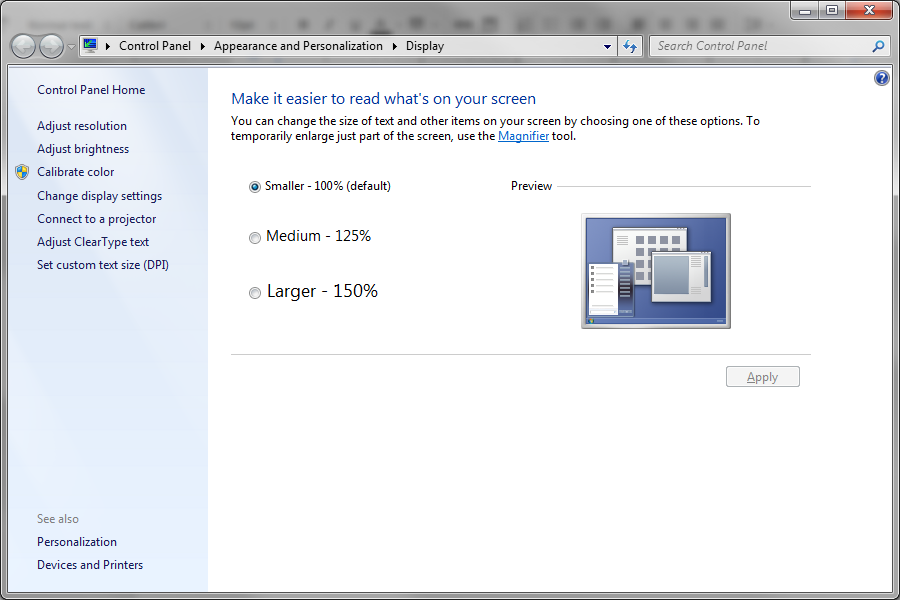With Microsoft introducing the new version of its operating system, Windows 10 S, a new player entered the market of budget laptops and PCs. This segment of the market was previously ruled by Chromebooks, low-cost laptops (starting from $179) that are running Google’s Chrome OS. However, Google has a new rival: Microsoft. Mac OS X, version 10.6 and later: uninstallflashplayerosx.dmg Mac OS X, version 10.4 and 10.5: uninstallflashplayerosx.dmg The uninstaller is downloaded to the Downloads folder of your browser by default.
- Google Chrome Update For Mac Os X 10.5.8
- Google Chrome Mac Os 10.5.8
- Google Chrome Browser For Mac Os X 10.5.8
- Google Chrome For Mac Os X 10.5.8
- Google Chrome Mac Os 10.5.8
- Chromium is the name of the open source project behind Google Chrome. Mozilla/5.0 (Macintosh; Intel Mac OS X 1058) AppleWebKit/535.19 (KHTML, like Gecko) Chrome.
- Versions 6–32 had Google Chrome Frame counterparts, until its development was discontinued. failed verification Chrome 21 was the last supported version on Mac OS X 10.5. As of Chrome 26, Linux installations of the browser may be updated only on systems that support GCC v4.6 and GTK v2.24 or later.
Google Chrome Update For Mac Os X 10.5.8
These instructions are NOT applicable to Flash Player included with Google Chrome. Visit the Flash Player Help page for instructions on enabling (or disabling) Flash Player in various browsers.
If you use Windows, see Uninstall Flash Player | Windows.

If your Flash Player installation was not successful, use the following solution to reinstall.
Click the Apple icon and choose About This Mac.
The Mac OS version appears in the About This Mac dialog.
2. Run the uninstaller applicable to your Mac OS version
- Run the uninstaller on Mac OS X 10.4 and later, including macOS
Note:
Beginning with Flash Player 11.5, uninstalling the Flash Player resets the AutoUpdateDisable and SilentAutoUpdateEnable settings in mms.cfg to their default values:
- AutoUpdateDisable=0
- SilentAutoUpdateEnable=0
If you are running the Flash Player uninstaller as part of your deployment process, redeploy any custom changes to either AutoUpdateDisable or SilentAutoUpdateEnable.
Google Chrome Mac Os 10.5.8
Run the uninstaller on Mac OS X 10.4 and later, including macOS
Download the Adobe Flash Player uninstaller:
- Mac OS X, version 10.6 and later: uninstall_flash_player_osx.dmg
- Mac OS X, version 10.4 and 10.5: uninstall_flash_player_osx.dmg
The uninstaller is downloaded to the Downloads folder of your browser by default.
In Safari, choose Window > Downloads.
If you are using Mac OS X 10.7 (Lion), click the Downloads icon displayed on the browser.
To open the uninstaller, double-click it in the Downloads window.
Note: If the Flash Player installer window does not appear, choose Go > Desktop in the Finder. Scroll down to the Devices section and click Uninstall Flash Player.
To run the uninstaller, double-click the Uninstaller icon in the window. If you see a message asking if you want to open the uninstaller file, click Open.
- Bookmark or print this page so that you can use the rest of these instructions after you close your browser.
To close all browsers, either click the browser name in the Uninstaller dialog, or close each browser manually and then click Retry.
Note: Do not click Quit in the Uninstaller window. It stops the uninstallation process.
After you close the browsers, the uninstaller continues automatically until the uninstallation is complete. When you see the message notifying you that the uninstallation succeeded, click Done.
Delete the following directories:
- <home directory>/Library/Preferences/Macromedia/Flash Player
- <home directory>/Library/Caches/Adobe/Flash Player
Google Chrome Browser For Mac Os X 10.5.8

Download the Adobe Flash Player uninstaller:
- Mac OS X, version 10.3 and earlier: uninstall_flash_player_osx_10.2.dmg (1.3 MB) (updated 05/27/08)
Choose Window > Downloads to view the downloaded uninstaller.
Save the uninstaller file in a convenient location.
To open the uninstaller, double-click it in the Downloads window.
To run the uninstaller, double-click the Uninstaller icon in the window. If requested, enter your computer user name and password and click OK.
Bookmark or print this page so that you can use the rest of these instructions after you close your browser. Close all browsers and other applications that use Flash Player, including instant messaging applications, SWF files, and projectors (EXE files that play SWF files). Otherwise, the uninstaller cannot finish (even though it appears to finish).
Once the uninstaller finishes, the window closes automatically.
Google Chrome For Mac Os X 10.5.8
You can verify that uninstallation is complete by following these steps:
Google Chrome Mac Os 10.5.8
Open your browser and check the status of Flash Player.
